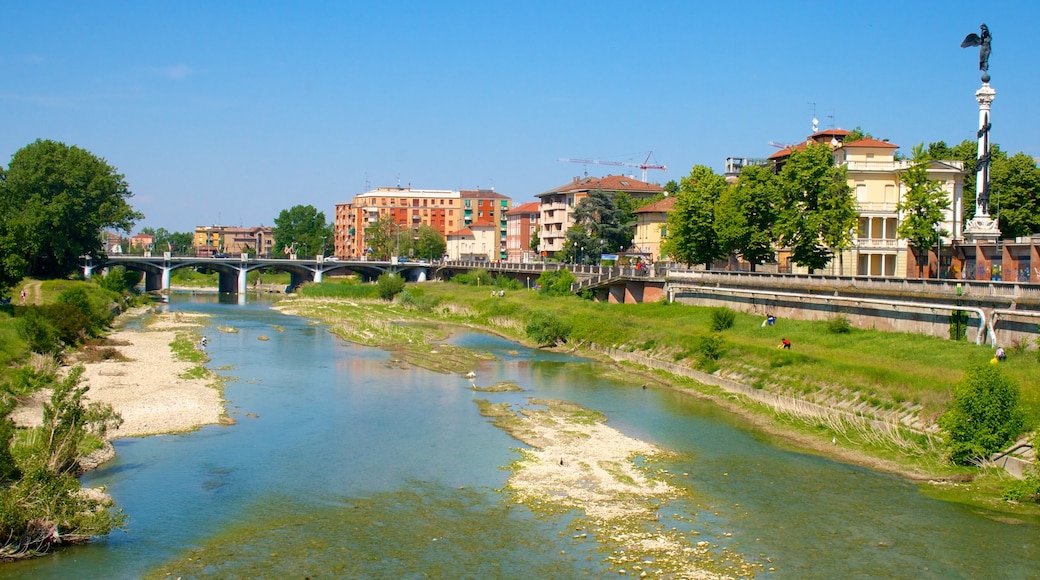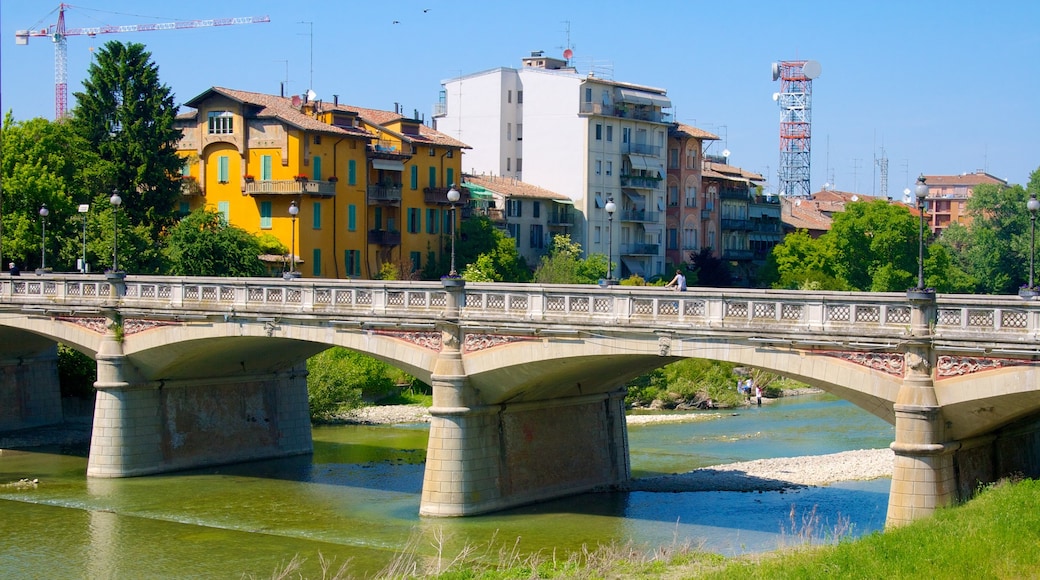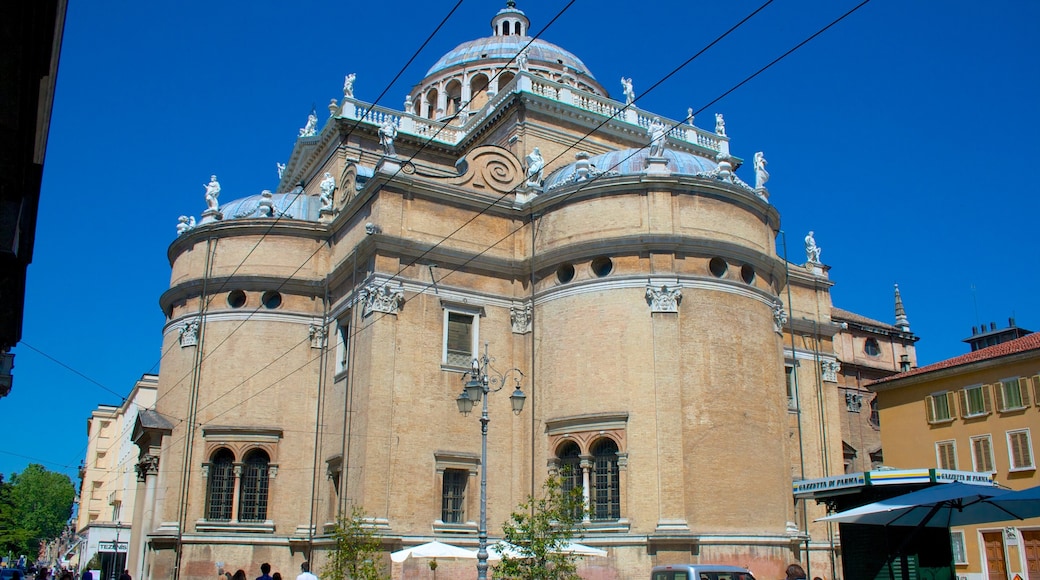Experience the true meaning of “la dolce vita” in this historic and sophisticated Italian city, known for its fine local produce and serene religious buildings.
Parma’s name is instantly recognizable as the birthplace of Parmesan, but there’s much more to this beautiful city than cheese. Parma is one of Italy’s most prosperous cities its pristine streets and piazzas are flanked with historic buildings and fantastic restaurants. Savour life-changing meals, see some of Italy’s finest artwork and listen to classical music in gorgeous opera houses.
Many of Parma’s palaces and churches were built between the 16th and 18th centuries, when the powerful Farnese family ruled the city. Although Parma suffered significant damage during World War II, most of its Renaissance-period buildings remain remarkably well preserved.
Admire beautiful frescos painted by famous Italian Mannerist artist Parmigianino at the 16th-century Basilica di Santa Maria della Steccata. See valuable treasures in the 12th-century Duomo, including the Assunzione della Vergine (Assumption of the Virgin) painting decorating the cathedral’s octagonal cupola. Take a break in the elegant gardens of Parco Ducale to find peaceful paths, tranquil fountains and well-landscaped lawns.
Discover more of Parma’s artistic masterpieces in Galleria Nazionale, a 16th-century palace that once belonged to the ruling Farnese family. Highlights include La Scapigliata by Leonardo da Vinci and Correggio’s Madonna della Scodella, which shows Joseph and the Virgin Mary looking lovingly at the infant Jesus.
It’s almost impossible to miss the Battistero, with its striking mix of Romanesque and Gothic architectural styles. Built at the beginning of the 12th century, this building’s distinct white-and-pink marble bands symbolise the purity and blood of Christ. Take a look at the 13th-century frescoes found inside, which depict seasons and zodiac signs.
Don’t leave without sampling some of the city’s unique and delicious cuisine. Some of Parma’s most famous specialties include Parma ham (prosciutto) and Parmigiano-Reggiano cheese. Try the two together as an antipasto, or sample the prosciutto-stuffed pastries displayed in the windows of local bakeries.
Parma is located 17.4 miles (28 kilometres) northwest of Reggio. It can be reached by train from Bologna, Piacenza, Modena and Milan.




